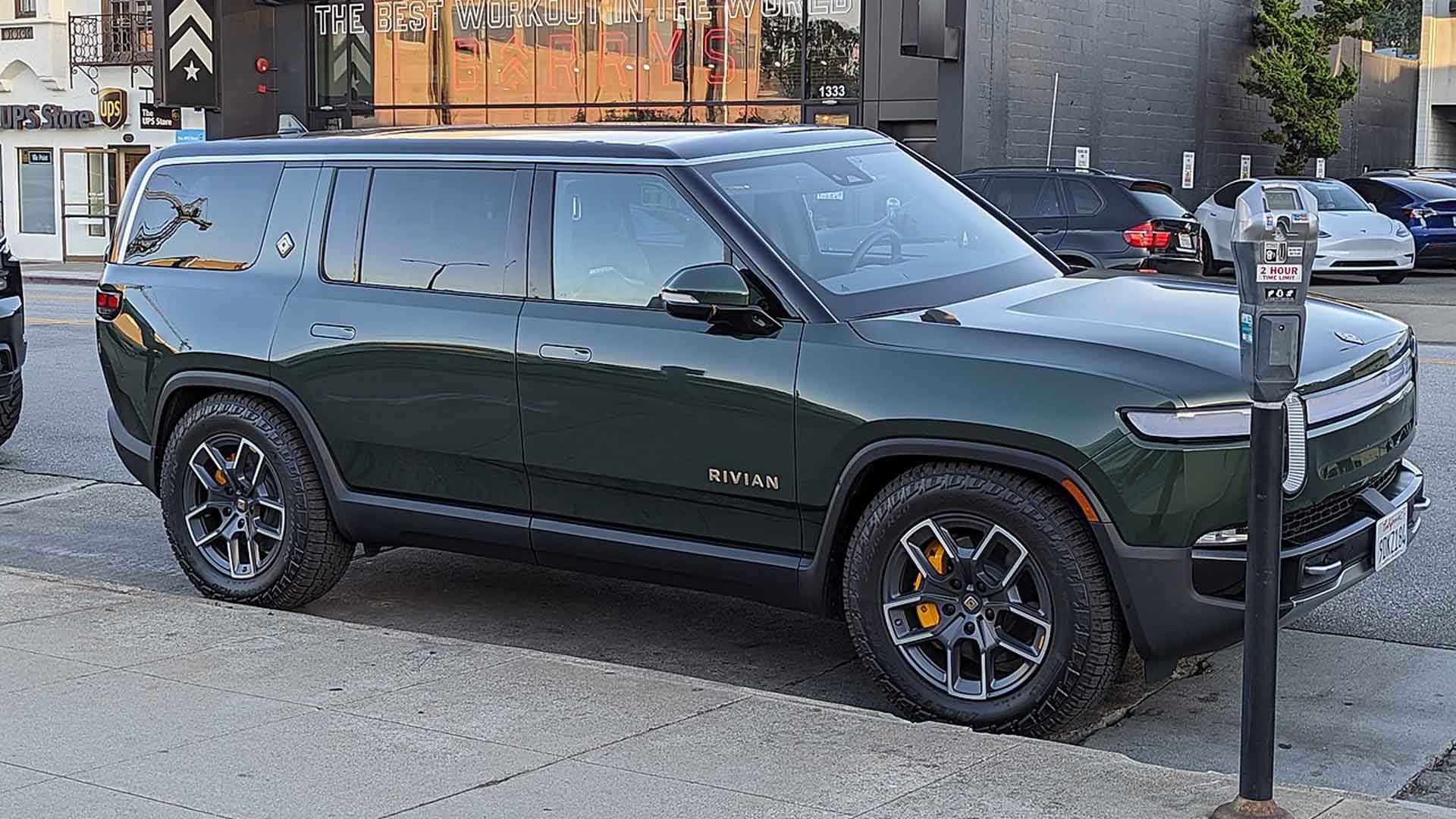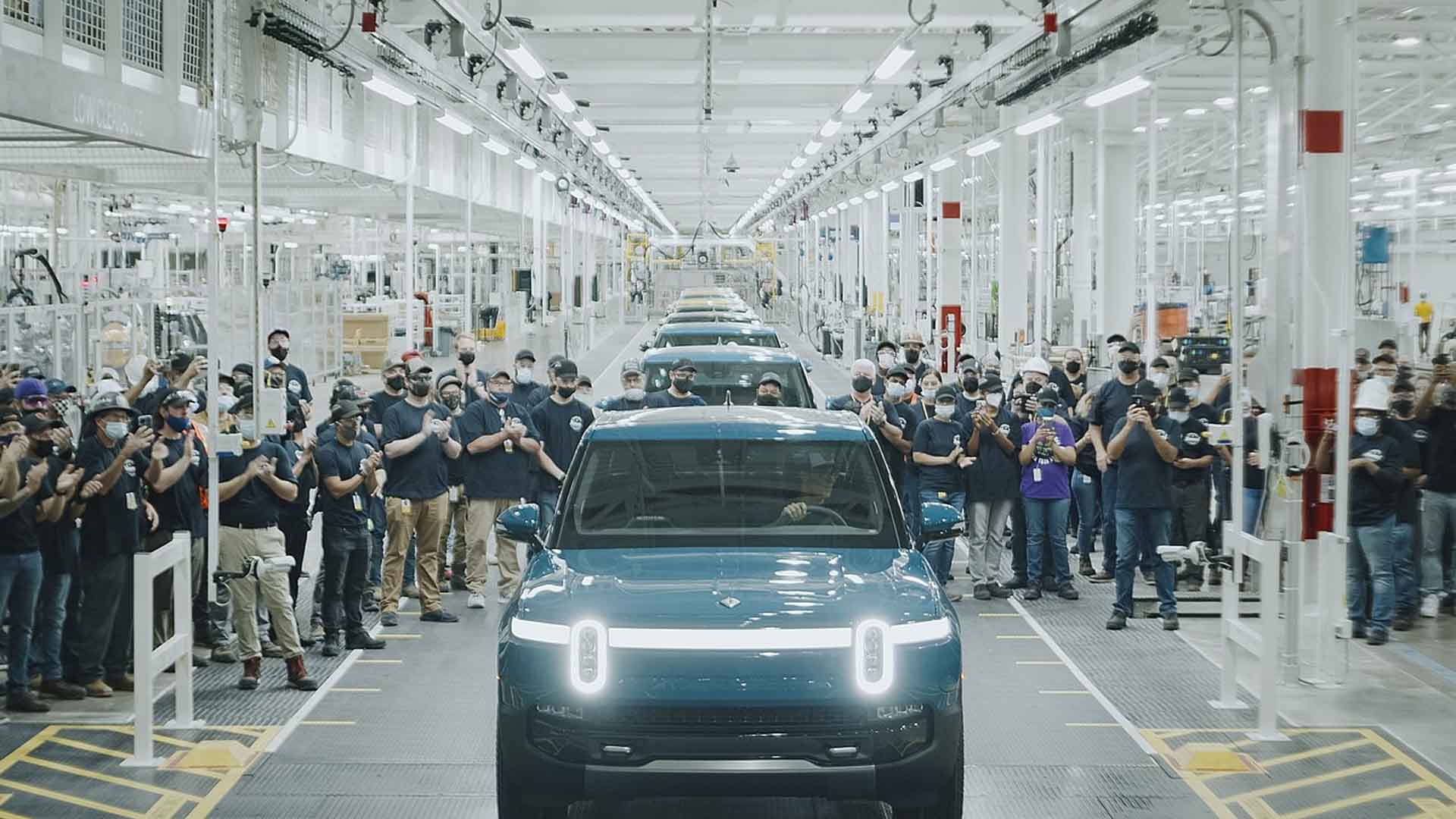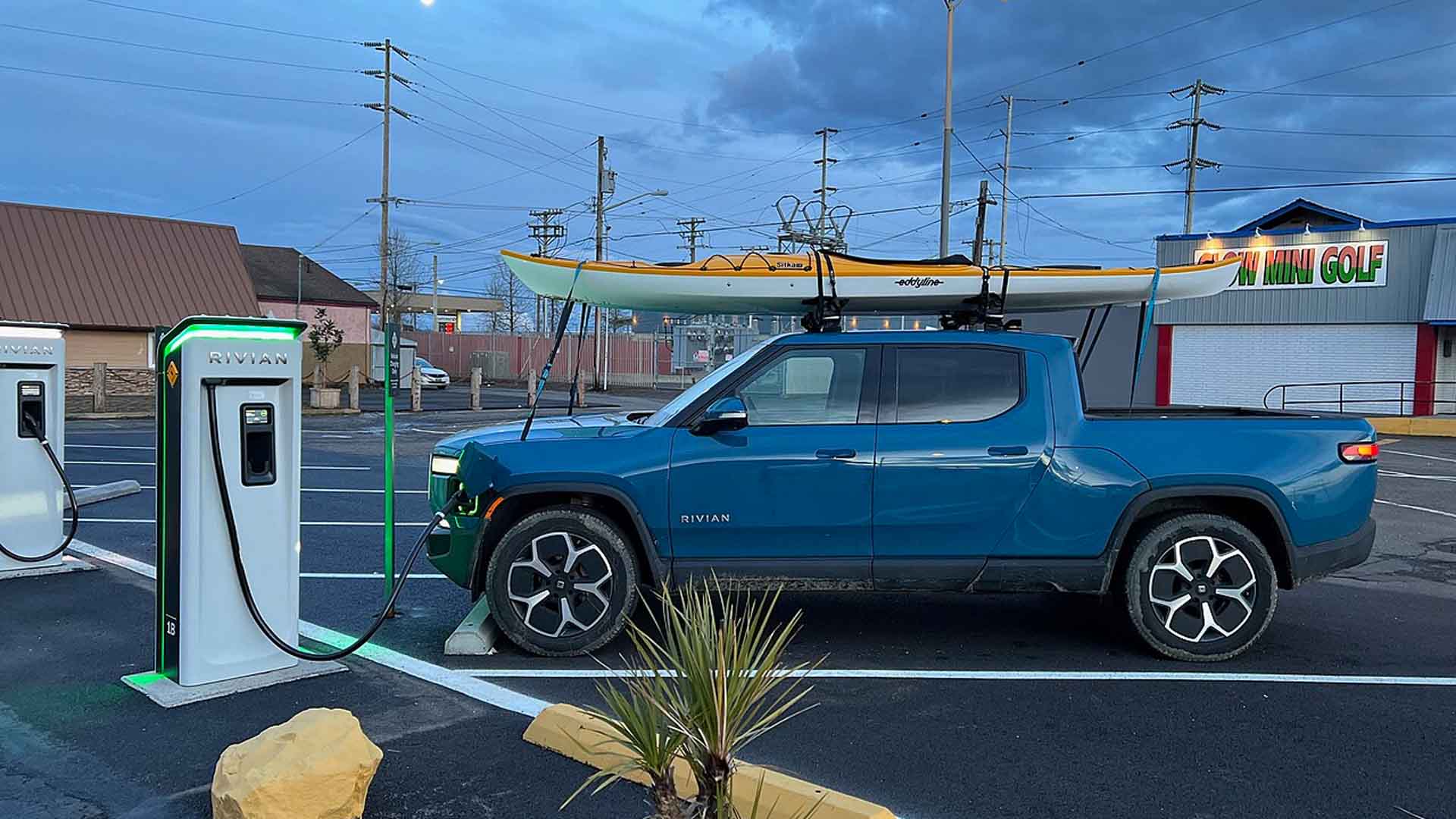Rivian’s Q1 report in 2024 threw mixed signals to investors. With a revenue beat driven by 13.6K vehicle deliveries, the company’s success was shadowed by a gross margin of -44%.
Despite the financial boost, Rivian faces an uphill battle for survival without fresh capital infusion.
Beating Revenue Expectations

In Q1 2024, electric vehicle (EV) company Rivian reported revenues of $1.20 billion, surpassing the street estimates by $26.27 million.
This unexpected boost was primarily due to higher-than-anticipated vehicle deliveries, signaling strong market demand for their electric vehicles.
The Cost of Production

Despite high sales, each vehicle sold resulted in a loss of $38,900 for Rivian.
The significant loss per vehicle highlights the challenges Rivian faces in scaling production while managing costs effectively.
Burning Through Cash

As of Q1 2024, Rivian reported a worrying cash burn rate of $1.5 billion.
With only $7.86 billion left in cash reserves, the clock is ticking for the EV maker to stabilize its financials before funds run dry.
Slowing Down to Speed Up

Amid tough macroeconomic conditions, Rivian has strategically slowed down production growth.
This cautious approach aims to extend their financial runway in hopes of more stable economic times ahead.
R2 and R3 – A Glimmer of Hope

In March 2024, Rivian announced its R2 and R3 vehicle platforms.
Priced between $45-55K, these models aim to capture a larger market segment, potentially mirroring Tesla’s success with its Model 3 and Model Y.
Illinois Steps In

The state of Illinois has offered Rivian a lifeline in the form of an $827 million incentive package.
This financial boost is aimed at preparing Rivian’s Normal plant for the production of the new R2 model, marking a significant save in capital expenditures.
The Push for Profitability

Rivian’s management remains optimistic about reaching a positive gross margin by the end of 2024.
Achieving this would be a critical milestone towards stabilizing the company’s financial health.
The Funding Gap

Despite cost-cutting measures and state incentives, Rivian is still in dire need of additional capital.
Without further investment, the company risks running out of cash before the much-anticipated R2 model goes into production.
Market Reaction

Following the Q1 earnings report, Rivian’s stock saw a dramatic 6% drop, only to recover those losses in the next trading session.
This volatility reflects investor uncertainty about the company’s future.
Looking Ahead

Rivian’s journey is far from over.
With the R2 expected to enter production in early 2026, all eyes will be on Rivian to maintain its cash reserves and possibly secure more funding to ensure its long-term survival.
A High-Risk, High-Reward Scenario

For investors and electric vehicle enthusiasts, Rivian represents a potential goldmine or a pitfall.
The success of the R2 could propel Rivian’s stocks to new heights, but the risk of bankruptcy remains a significant concern.
